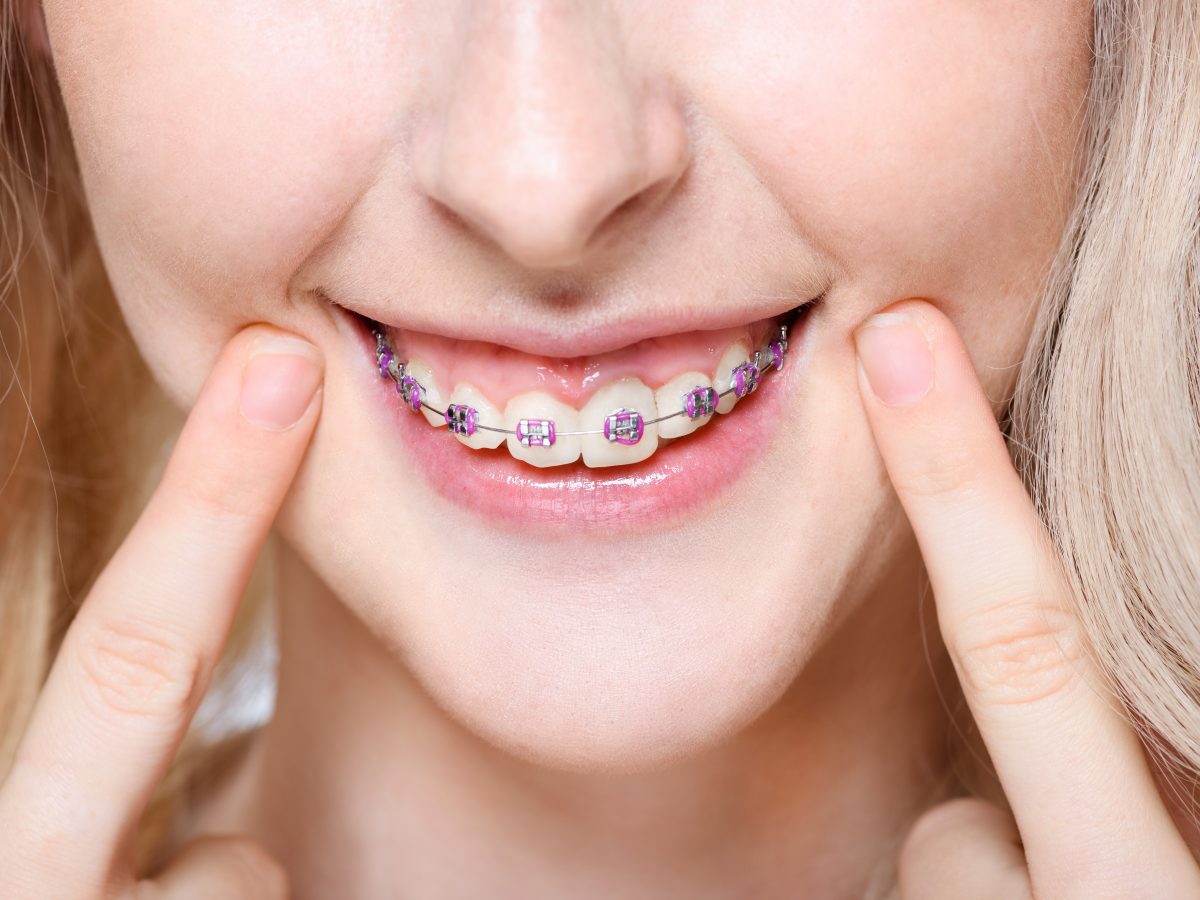What Sets Cumming Braces and Aligners Apart from Other Orthodontic Treatments
What Sets Cumming Braces and Aligners Apart from Other Orthodontic Treatments
Blog Article
Comprehensive Guide to Orthodontics Procedures for Remedying Oral Misalignments
In the realm of orthodontics, the trip to attaining a perfectly straightened smile includes a myriad of treatments tailored to remedy dental imbalances. From conventional braces to undetectable aligners and even medical alternatives, the area of orthodontics provides a series of options to deal with differing degrees of dental irregularities. Comprehending the intricacies of each procedure, including their mechanisms, benefits, and possible downsides, is critical in making educated choices regarding one's orthodontic treatment. As we browse with the thorough guide to orthodontic procedures for dealing with oral imbalances, the detailed information of each approach will unfold, shedding light on the path towards a functional and harmonious dental placement.
Orthodontic Procedures Introduction

Along with clear aligners and standard dental braces, orthodontists may also recommend various other interventions like headgear, palatal expanders, or retainers to deal with certain positioning issues (cumming orthodontist). These procedures are customized to every patient's one-of-a-kind requirements and may entail a mix of therapies to attain the preferred results. Routine modifications and monitoring are critical components of orthodontic therapy to make certain development gets on track and to make any type of required alterations in the process. By going through orthodontic procedures, clients can not just attain a straighter grin but also enhance their overall oral wellness and feature.
Conventional Dental Braces: How They Work
When thinking about orthodontic therapies for oral misalignments, standard dental braces attract attention as a time-tested technique for fixing teeth positioning. Traditional braces include brackets, cables, and bands that collaborate to use continuous stress on the teeth, gradually moving them into the preferred alignment. The braces are connected to the teeth using an unique adhesive, and the cables are threaded through the brackets. By readjusting the stress of the wires, orthodontists can control the instructions and pressure applied to each tooth, assisting them right into appropriate alignment with time.
As stress is applied to the teeth through the braces, the bone surrounding the teeth is improved to support the new tooth settings. People will certainly need routine modifications at the orthodontist's workplace to guarantee the dental braces continue to use the proper pressure for effective teeth motion.
Undetectable Aligners: Pros and Cons
These clear, tailor-made trays are essentially undetectable when put on, making them an attractive option for people looking for a more cosmetically pleasing orthodontic treatment. Patients can eliminate the aligners before consuming or cleaning their teeth, decreasing the threat of food news obtaining stuck in the home appliance and streamlining the cleaning procedure.

Surgical Orthodontic Options
Surgical interventions in orthodontics present feasible alternatives for resolving complicated oral misalignments that might not be properly solved via conventional orthodontic therapies. While invisible aligners and conventional braces can correct many orthodontic issues, specific cases need medical treatment to attain ideal outcomes. Surgical orthodontic options are normally suggested for severe malocclusions, substantial jaw disparities, and cases where the underlying bone structure needs adjustment to attain proper positioning.
One common surgical orthodontic procedure is orthognathic surgical treatment, which entails repositioning the jaws to remedy practical concerns such as trouble chewing or talking. This surgery is frequently executed in partnership with an orthodontist who helps straighten the teeth prior to and after the procedure. Surgical orthodontics might also involve procedures to reveal affected teeth, eliminate excess periodontal tissue, or improve the jawbone to develop a much more harmonious face profile.
Before taking into consideration surgical orthodontic choices, patients undergo a thorough evaluation to figure out the requirement and prospective benefits of such treatments. cumming aligners. While surgery might appear daunting, it can dramatically enhance both the feature and visual appeals of the smile in instances where conventional orthodontic therapies fall short
Retainers and Post-Treatment Treatment

Post-treatment care entails complying with the orthodontist's directions carefully. This may include proper oral hygiene practices, going to follow-up consultations, and using the retainers as suggested. Failing to abide by post-treatment care instructions can lead to regression, where the teeth slowly return towards their original positions. Consistent retainer wear, good dental health, and normal dental examinations are necessary for keeping the results achieved with orthodontic surgical procedure and guaranteeing the lasting stability of the fixed oral placement.
Verdict
To conclude, orthodontic treatments supply various choices for remedying dental misalignments. Conventional dental braces utilize steel braces and wires to change teeth into proper placement. Unnoticeable aligners supply an even more very discreet option but may not be appropriate for all cases. Surgical orthodontic options are offered for a lot more extreme imbalances. Retainers are typically made use of post-treatment to keep the new positioning. In general, orthodontic treatments can successfully improve oral health and wellness and aesthetic appearance.
As we browse via the extensive guide to orthodontic procedures for dealing with dental imbalances, the detailed details of each method will unfold, dropping light on the course toward a useful and harmonious oral alignment. - cumming aligners
One of the most common orthodontic therapies is the use of braces, which are composed of steel brackets and cords that apply gentle pressure to gradually change teeth right into the desired position.When considering orthodontic treatments for dental misalignments, traditional braces stand out as a time-tested technique for fixing teeth positioning. Furthermore, undetectable aligners might not be appropriate for complex orthodontic issues that require more significant teeth movement, as they are generally advised for moderate to moderate instances. Retainers are customized orthodontic tools developed to hold teeth in their fixed positions after the completion of orthodontic treatment.
Report this page